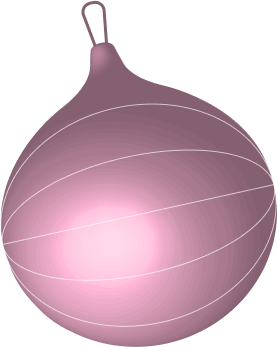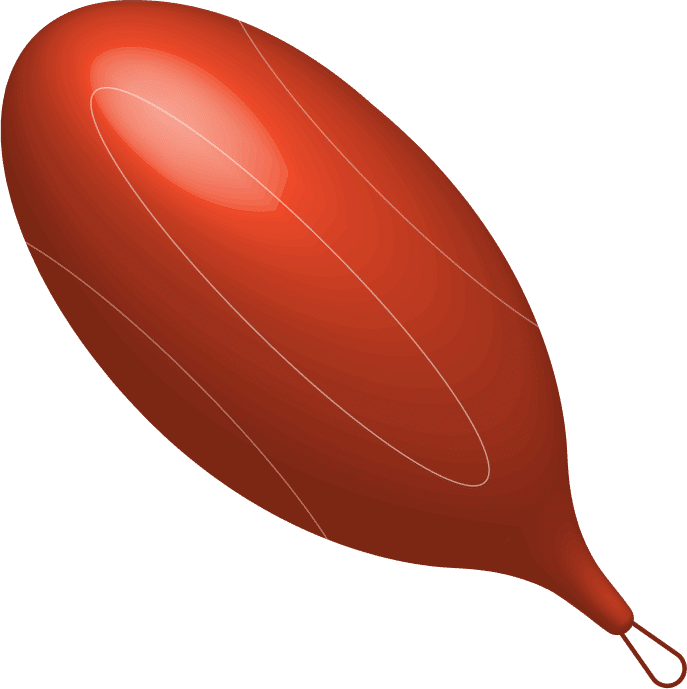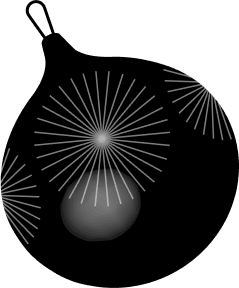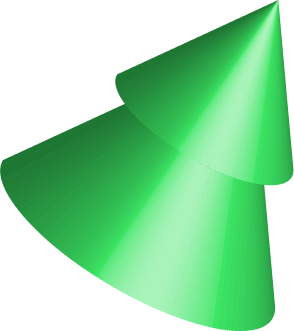Porcelain
Porcelain tiles come in any number of colours and patterns. The tiles are fired at high heat and pressed to give them great durability and strength. This is why they are now so widely used in homes and commercial environments. Many porcelain tiles are now used a anti slip tiles around swimming pools and wet areas.
Ceramic
Ceramic tiles are made up of sand, natural products, and clays and once it has been moulded into shape they are then fired in a kiln. When making ceramic tiles they can either be glazed or unglazed, and come in a large.number of colours and sizes.
Granite
Granite comes in many different colours, but the most common are darker colours such as blacks used for worktops and floors. Lighter colours such as whites, golds and beiges are also available. Granite has a grainy structure, and is very dense, allowing it to achieve a very high polished finish.
Granite is generally supplied in a polished finish in most internal installations. If it’s a polished natural stone.
Limestone
Limestone is often beige, light brown, or light grey in colour. Limestone doesn’t have strong veining, but often contains fossils and shells. The natural colour can varies through the stone. Limestone is often provided in satin or semi satin finishes, and sometime matt. Limestone is occasionally mistaken for marble. This isn’t an issue, as both are calcium-based stones and therefore are generally cleaned and treated using similar methods. All Tilemaster product available for marble are also fine for limestone.
Lvt
LVT is a luxury vinyl tile product that can look like stone, wood or ceramic tiles. They come in a hugh range of natural colors and surface texture that feels like the real thing. Some styles are even made to be installed with grout. Popular brands include Karndean and Amtico.
Marble
Marble is known for its veins and wonderful shine. The patterns that runs through every piece in a non-repeating pattern. As well as veining, marble will have natural variations in colour and gloss level across the surface. Common marble colours include white, white and grey (Carrara), and beige (Crema Marfil).
Strong coloured marble is also available, including greens, reds and blacks, but these are less common. The best identifier that they are marble is the heavy veining pattern that usually covers them.
Quarry Tile
Quarry tiles are very hard tiles, made from the ground minerals formed and fired in much the same was as is used to make brick. They are typically harder than ordinary clay bricks, due to the minerals used and the high firing temperatures. Quarry tiles can often be call victoria tiles
Safety floor
Safety flooring is a heavy duty slip resistant vinyl flooring. It has a safety rating and is ideal for use in any area where a slip risk exists. Common safety floors are Altro, Polyfloor and Forbo
Sandstone
Sandstone is very grainy, and is made of extremely fine sand grains. Sandstone always comes in earthy colours such as yellows, beiges, browns and greys, and it can sometimes have strong veining or fossils, such as leafs. Sandstone does not polish well, so it is almost always provided in a matt or textured finish.
Slate
Slate can be identified by the distinctive layered surface and texturing that is exclusive to slate. In terms of colours, it is usually grey or black, but can occasionally be red, yellow or even greenish.
Terrocotta
Terracotta is a baked clay tile. Terracotta can be identified by the distinctive earth colouring, with orange, yellowy-brown, and earthy reds being most common. Terracotta is always a matt finish unless it has had a coating applied.
Travertine
The main characteristic of travertine, is that it can have holes. Travertine, in its natural (unfilled) state, Travertine is usually provided ‘filled’, where a matching colour filler such as a grout or epoxy is used to fill in the pitts and naturals holes.
Travertine is most commonly available in beige or light brown, and popular finishes include semi satin or matt.
Wood
Wood is made from a single piece of board typically 18-20mm thick. It is usually fitted using tongue-and-groove. All types of wood have a hardness score, which indicates how easily they can be damaged, dented or worn by everyday wear and tear. Solid wood flooring can be sanded back to restore the finish, but refresh treatments can be applied periodically to help restore the wood to it. TM Shield is perfect for refreshing your wood floor and producing a wonderful finish.
Yorkstone
York stone has become a generic name for sandstone flags with a particular look and texture. These floor are very common in home, pubs and farm houses, and clean great and offer a tough durable floor.
Basalt
This grey to dark grey stone has a blue tinge to it, hence its name. Basalt has consistent colouring, without veining, and can be seen to be quite grainy on the surface. On close inspection, you may also be able to see minute visible pores. Basalt usually comes in a matt or rough finish such as bush hammered or flamed.
Basalt can be mistaken for granite but can be treated in the same way following the Tile Master Chart




